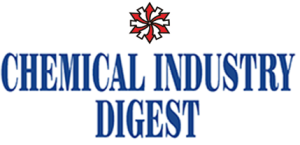The Indian pharmaceutical industry’s performance in the US market has shown significant improvement, with the top five companies experiencing an average growth of twenty-two percent in the first nine months of FY24, compared to a 7 percent increase last year. Several underlying structural shifts have contributed to this performance, which is also reflected in the stock returns. Both Nifty Pharma and BSE Healthcare sector indices have seen returns exceeding 60 percent in FY24, with a forward PE ratio trading at a 20 percent premium.
The rerating of the sector can be attributed to two main factors: the resolution of issues with plants under scrutiny by the US FDA over the past three years, and the development of a more complex product profile during this period. These structural changes have led to expanded valuations, with plant inspection outcomes turning favourable by mid-2023. For instance, Lupin has successfully cleared three of its five plants under observation, while Aurobindo reported positive outcomes for four plants in 2023.
The improved regulatory environment has resulted in a surge in product launches. Aurobindo and Lupin have notably increased their product launches by fifty percent and thirty percent respectively over the past two years compared to the previous three years. Dr. Reddy’s has also had a robust launch calendar since FY23.
Plant approvals play a crucial role in driving product approvals and overall return metrics. Investments in infrastructure, personnel, R&D, and filing expenses have paved the way for launches with minimal setbacks. Concerns regarding delayed approvals impacting market relevance have been largely unfounded, with high approval rates being vital for companies with portfolios exceeding $1 billion.
Despite companies like Sun Pharma and Cipla facing ongoing scrutiny for specific plants, revenue growth has remained robust, driven by their complex and specialty portfolios. Other players are also gradually moving towards product differentiation, with Lupin notably transforming a significant portion of its revenue base to complex portfolios.
As reported by businessline, looking ahead, the industry faces challenges such as patent expiry in key therapeutic areas, but opportunities for growth from a high base remain significant. Each company’s outlook will be shaped by factors such as product approvals, pricing dynamics, and the ability to capitalize on one-time opportunities.
































